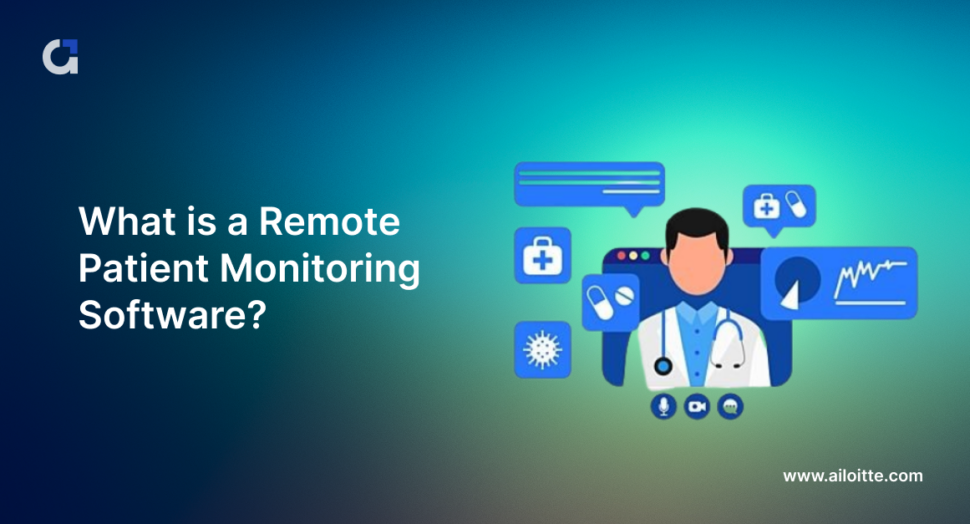Leading Remote Patient Monitoring Software: Improve Medical Care Performance
Leading Remote Patient Monitoring Software: Improve Medical Care Performance
Blog Article
The Future of Health Care: Remote Person Keeping Track Of Streamlined
As healthcare continues to develop, one area that holds enormous assurance is remote person surveillance. With an emphasis on enhancing patient results and improving health care shipment, remote surveillance is positioned to change the sector.
Benefits of Remote Person Monitoring
Remote patient tracking presents a plethora of benefits for both healthcare suppliers and clients alike. Additionally, remote individual monitoring improves the general top quality of care by providing a much more comprehensive and all natural view of people' health and wellness standing beyond typical in-person sees.
Moreover, remote individual surveillance can cause better patient end results and contentment. Patients can delight in the comfort of obtaining treatment in the comfort of their own homes while still understanding that their wellness is being very closely monitored. This can result in enhanced individual involvement and adherence to therapy strategies, inevitably leading to better health outcomes. Additionally, remote tracking can decrease the requirement for regular healthcare facility visits, lowering healthcare costs for both carriers and people. Overall, the benefits of remote person surveillance are clear, making it a beneficial device in modern-day medical care shipment.
Technology Driving Remote Surveillance
In the realm of modern medical care, technical innovations play a crucial function in driving the evolution and performance of remote individual surveillance. The combination of innovative modern technologies such as wearable gadgets, mobile applications, and cloud-based platforms has actually changed the method health care providers from another location keep an eye on and handle person health and wellness - software for remote patient monitoring. These modern technologies enable continual real-time monitoring of essential signs, drug adherence, and other critical health and wellness information, allowing for timely treatments and personalized care strategies
One trick technology driving remote tracking is the Net of Things (IoT), which allows smooth connection between medical gadgets and medical care systems. IoT devices such as smartwatches and wireless sensors send and collect client information to central systems, helping with remote tracking from throughout the globe. Expert system (AI) and artificial intelligence algorithms even more improve remote tracking by analyzing large amounts of individual information to identify patterns, predict health and wellness patterns, and alert doctor to prospective problems.
Influence On Healthcare Delivery
With the combination of sophisticated modern technologies driving remote patient monitoring, the effect on healthcare shipment is ending up being transformative and significantly profound. Remote patient monitoring enables healthcare companies to supply even more aggressive and personalized like individuals, resulting in improved wellness outcomes and reduced healthcare facility admissions. By from another location tracking important indications, signs and symptoms, and medication adherence, health care professionals can interfere early, stopping problems and enhancing the total high quality of care.
In addition, remote tracking enhances accessibility to healthcare solutions, especially for people in underserved or rural locations. Clients can obtain constant monitoring and assistance from their homes, eliminating the demand for frequent in-person visits. This not just saves time and minimizes costs for both individuals and healthcare centers but additionally minimizes the threat of site link direct exposure to infectious conditions, an important factor to consider in the present medical care landscape.
Additionally, remote individual monitoring allows doctor to far better assign sources and prioritize care based upon real-time information. By read this article identifying high-risk people and intervening immediately, healthcare shipment ends up being more effective and reliable, inevitably leading to a much more lasting and patient-centered healthcare system.
Improving Patient Outcomes

Furthermore, RPM permits aggressive monitoring of persistent conditions, reducing the probability of severe worsenings and health center readmissions. People take advantage of raised convenience and comfort, as they can receive care in their own homes while staying connected to their health care suppliers. This continual surveillance not just improves person contentment yet additionally cultivates a feeling of empowerment and interaction in their own health and wellness management.
Future Trends in Remote Tracking
Embracing advanced innovations in remote individual tracking is shaping the future landscape of health care delivery. The future fads in remote surveillance are expected to transform the way medical care is supplied, making it much more effective and patient-centric. One significant pattern is the enhanced use wearable tools and sensing units to accumulate real-time data, enabling health care suppliers to keep an eye on patients constantly without the need for constant in-person gos to. These tools can track important indicators, medication adherence, and task levels, supplying a comprehensive sight of the person's health and wellness standing.

In addition, telehealth platforms are ending up being more advanced, permitting online assessments, remote medical diagnosis, and remote patient checking all in one integrated system (remote patient monitoring software). This alternative technique to remote monitoring is improving medical care delivery, improving person complete satisfaction, and eventually, boosting overall high quality of treatment
Verdict
To conclude, remote individual surveillance supplies numerous advantages in health care distribution, driven by advancements in innovation. It has the possible to improve patient results and reinvent the means healthcare is delivered. Future patterns in remote tracking will remain to form the landscape of medical care, giving opportunities for more customized and effective client care.
Remote patient surveillance provides a plethora of advantages for both health care suppliers and individuals alike. Furthermore, remote client monitoring enhances the total top quality of care by offering a more alternative and extensive sight of individuals' health status past conventional in-person check outs.
Furthermore, remote patient surveillance can lead to enhanced patient end results and fulfillment. Remote client surveillance enables healthcare carriers to use more aggressive and customized care to people, leading to enhanced health end results and decreased hospital admissions. Remote individual monitoring (RPM) plays a substantial role in boosting client end results by offering continual, real-time information that enables health care providers to step in promptly and change therapy plans as required.
Report this page